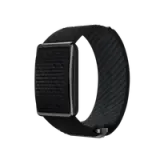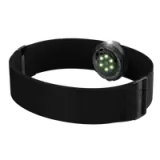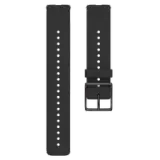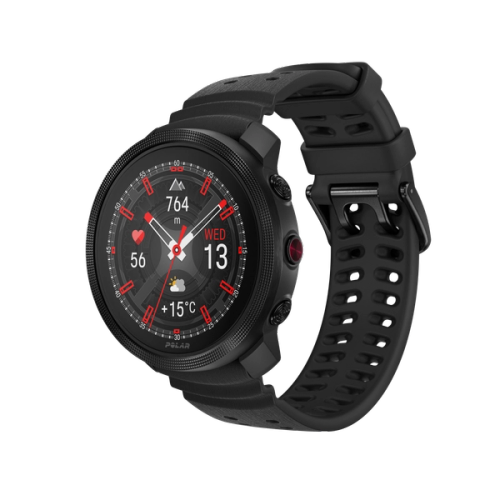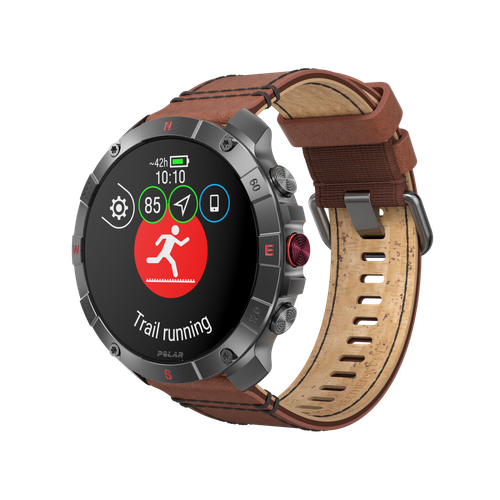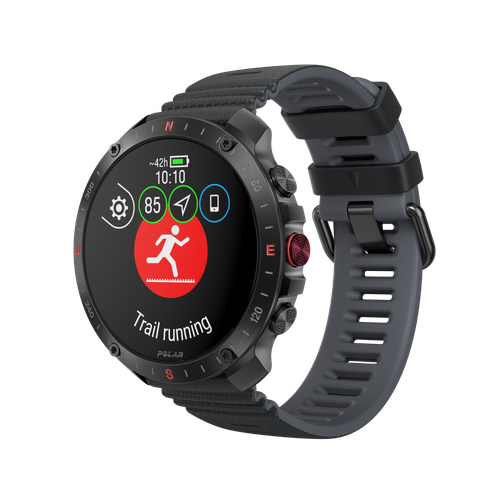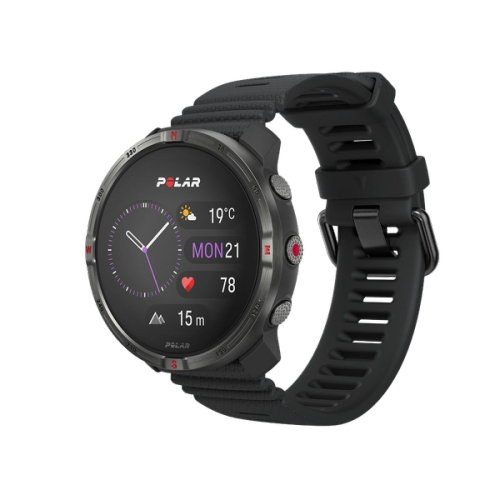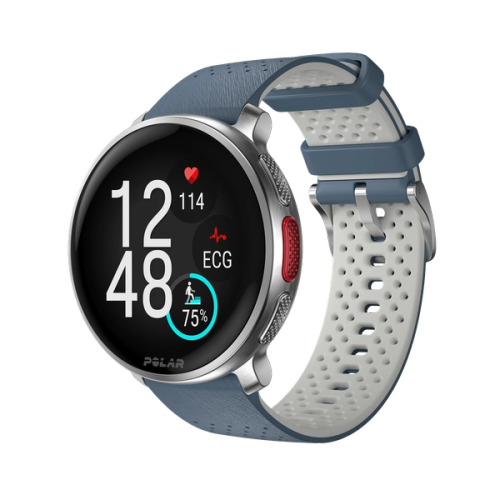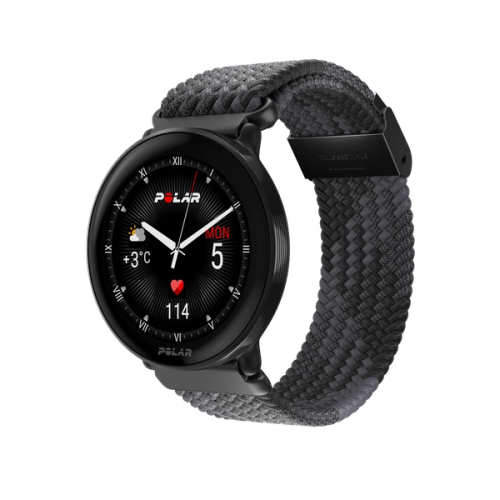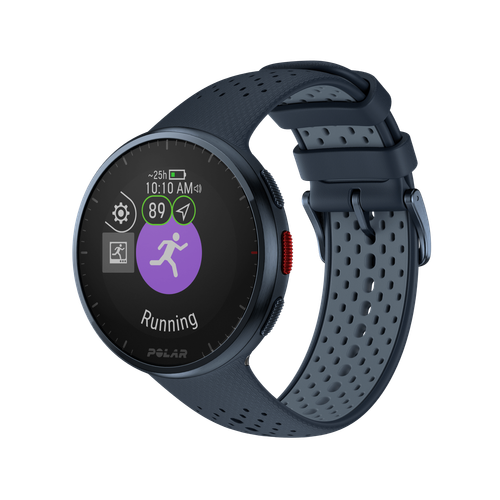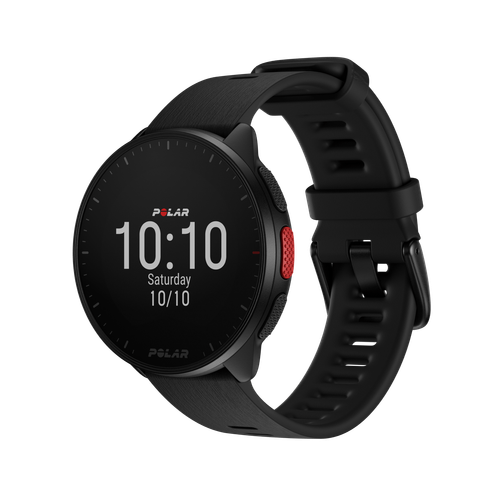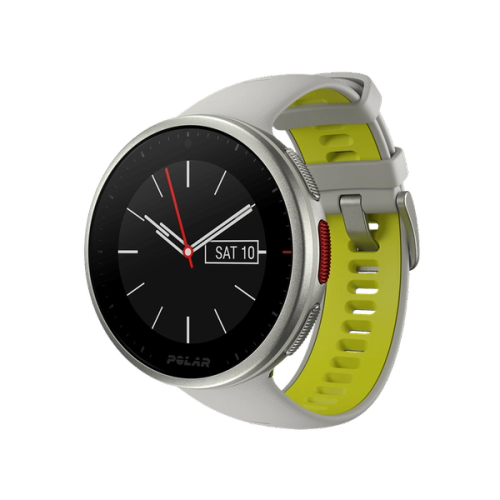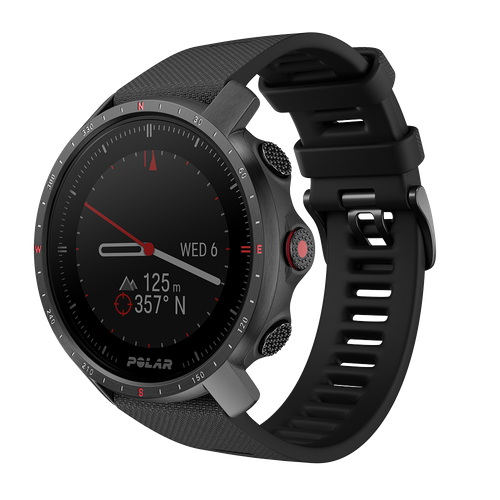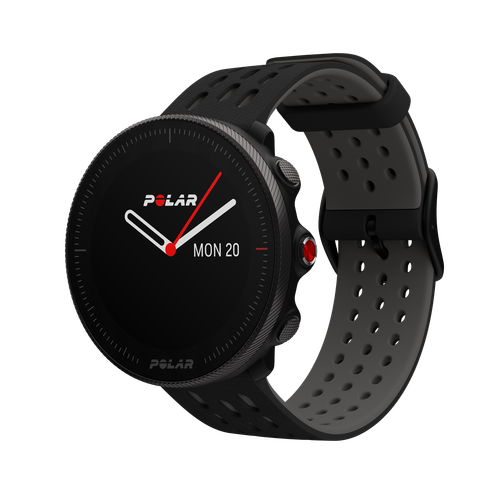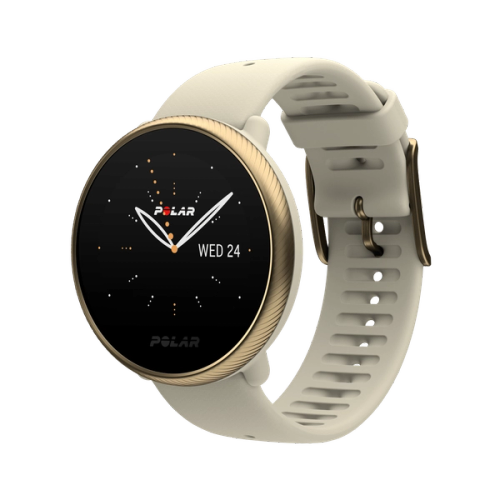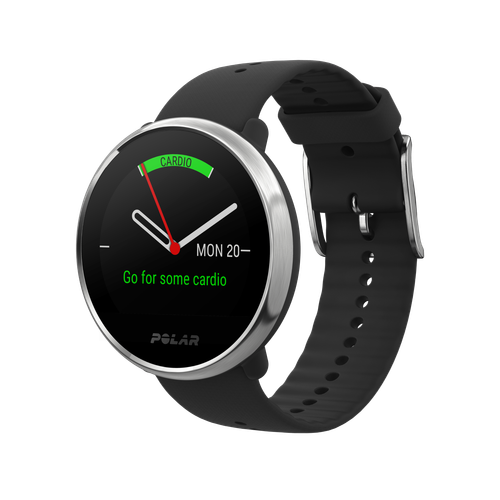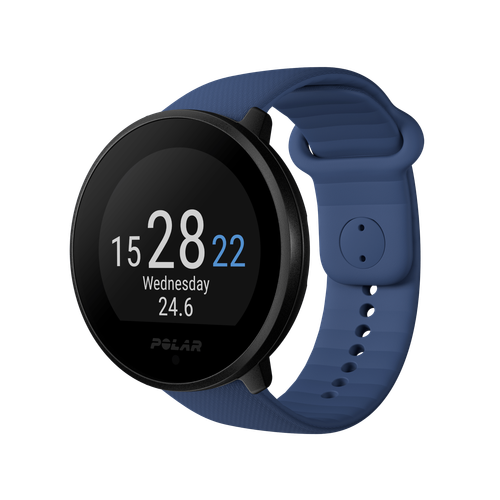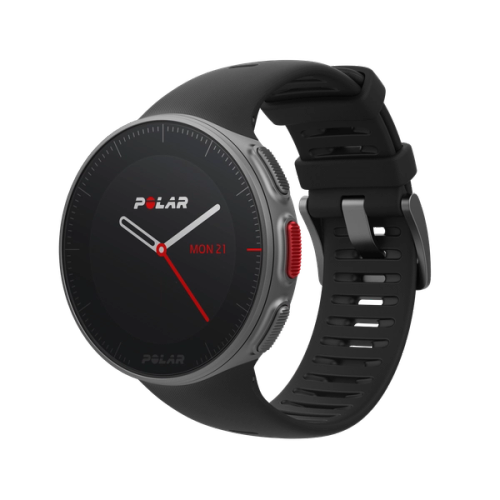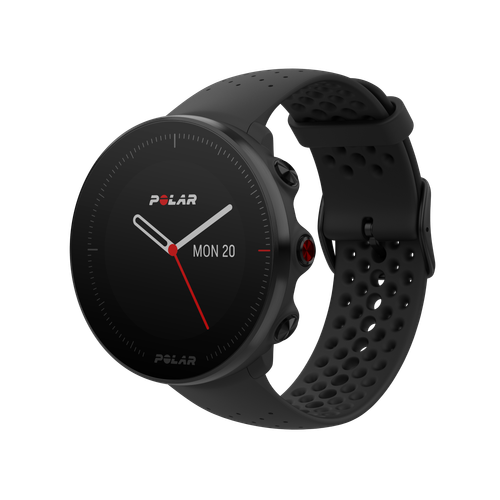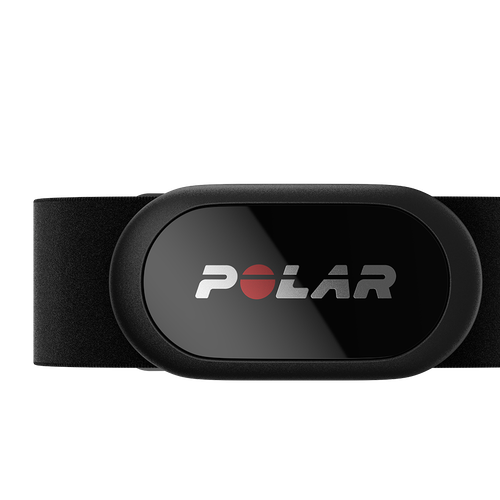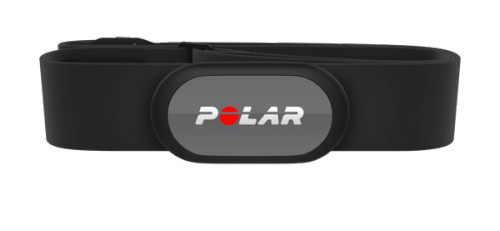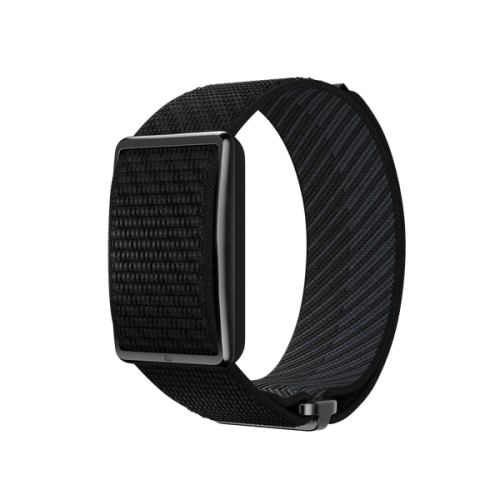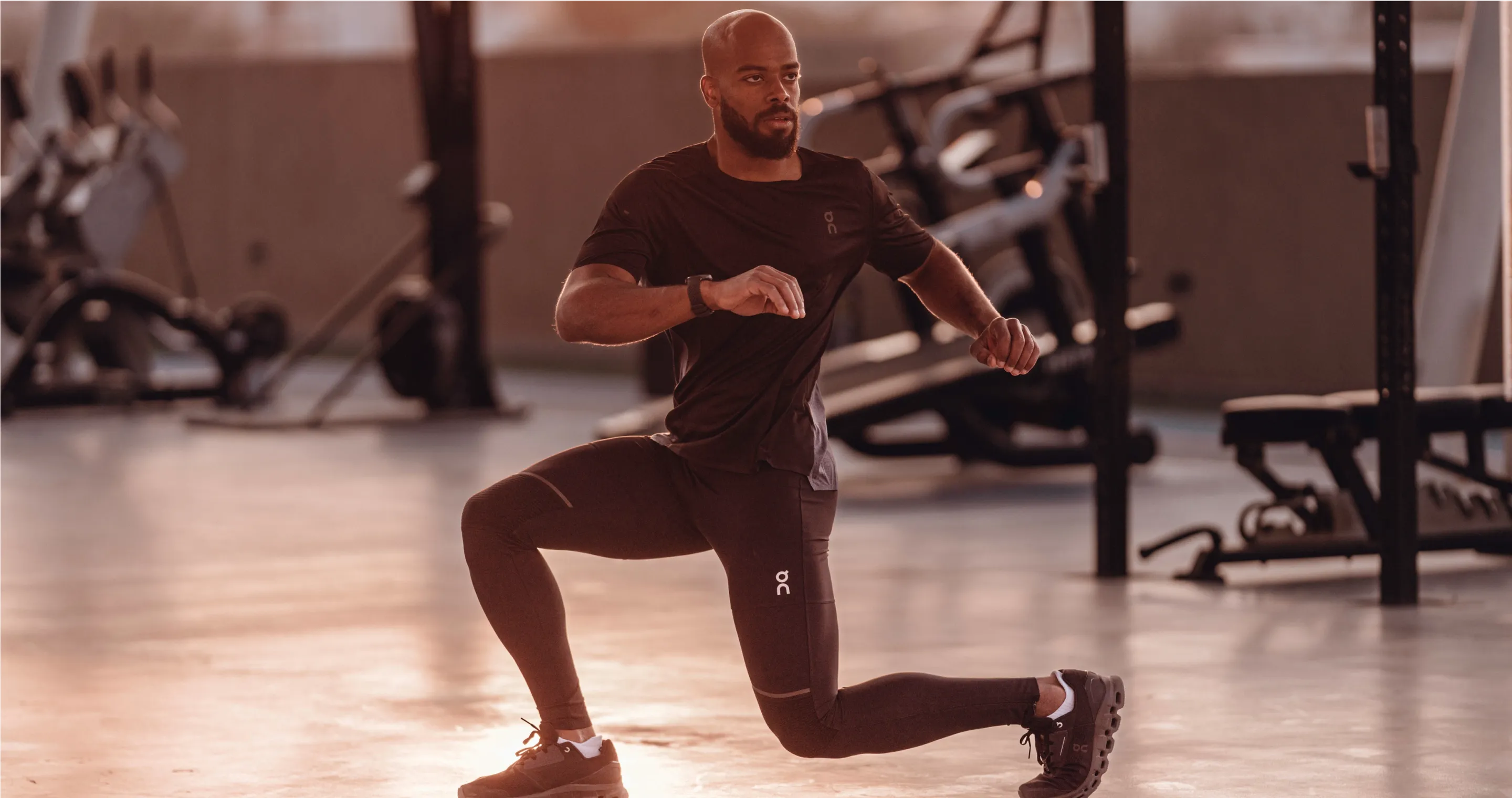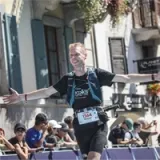Remember that feeling when you first started running? Your legs ached, your lungs burned, and your mind constantly questioned your reasons for continuing when you could simply stop. But with each passing week, something changed. The pain subsided, your lungs adjusted, and your mind found a newfound resilience. You discovered the joy of pushing your limits, enduring the discomfort and emerging stronger on the other side.
This transformation, this mental and physical resilience, is precisely what the base-building phase of running is designed to cultivate. It's about developing a brain that doesn't complain too much, a body that endures, and a spirit that thrives on challenge. And the reason you want this? Because a mind that doesn't scream at you to stop will allow you to push yourself harder in the race-specific, speed training. Base training, in essence, helps you build the foundation for faster, longer running.
As a new year approaches and you find yourself in the limbo between the off-season and the start of your race training, you might wonder what your running should look like. So, let's explore different ways of structuring this pre-season training period, helping you smoothly transition from the off-season to the start of your race build.
What is base training?
Base training is the cornerstone of a runner's pre-season preparation. It's a phase characterized by consistent, easy running combined with moderate aerobic efforts. Think of it as constructing the most robust foundation for your running house. A solid base will support your speed, endurance, and overall performance.
Why is Base Training Important?
The goal of base training is to increase your aerobic capacity. That means improving your body's ability to use oxygen efficiently to produce energy. By running more miles at a comfortable pace, you're training your heart, lungs, and muscles to work together more effectively.
How Does Base Training Work?
During base training, your body undergoes several physiological adaptations:
- Improved Running Economy: Your body becomes more efficient at using energy, allowing you to run faster with less effort.
- Increased Cardiac Output: Your heart grows stronger, pumping more blood per beat.
- Enhanced Mitochondrial Density: Your muscles develop more mitochondria, the powerhouses of your cells, which improves your aerobic capacity.
- Improved Glycogen Storage: Your body becomes better at storing glycogen, a form of energy used by muscles.

Lydiard's training philosophy was based on the idea of a pyramid. Just as a pyramid is built on a strong foundation, he believed that runners needed a solid aerobic base before moving on to more intense training.
A brief history of base training
The concept of base training, a cornerstone of modern running training, owes its origins to the legendary New Zealand coach Arthur Lydiard. In the 1960s, Lydiard's athletes dominated the middle-distance and long-distance events at the Olympic Games, a feat that captured the world's attention.
Lydiard's training philosophy was based on the idea of a pyramid. Just as a pyramid is built on a strong foundation, he believed that runners needed a solid aerobic base before moving on to more intense training. Runners could establish this base through consistent, easy running to improve the body's ability to use oxygen efficiently.
Lydiard's approach was revolutionary. Prior to his methods, many runners focused solely on speed and interval training. Lydiard's emphasis on building a solid aerobic base provided a new and effective way to improve running performance. His training system, which included a combination of easy runs, interval training, and hill work, became a model for coaches and athletes around the world.
undefined

Polar Vantage M3
Smart Multi-Sport Watch
Polar Vantage M3 is a smart multi-sport watch for multi-sport athletes that’s compact yet powerful, stylish yet strong, and designed to bring extraordinary training, sleep and recovery tools into everyday life.
When Should I Start Base Training?
Typically, base training begins one to two months before your race specific workouts, like a marathon training plan. This timeframe allows you to build a solid foundation and prepare your body for the stresses, mileage, and intensity to come.
However, to determine the best time to start base training for you, consider the following factors:
- Your Goals: Are you training for a specific race or simply looking to improve your overall fitness?
- Your Experience Level: If you're new to running, you might need to start earlier to build a solid foundation.
- Your Training History: If you've been running consistently, you might be able to start base training a little later. If you're returning from an injury, you might need to start even earlier.
Can you risk skipping base training?
While skipping base training and jumping straight into more intense workouts might be tempting, doing so can have serious consequences. A solid base provides the foundation for your running season, and neglecting it can lead to:
- Injuries: Without a strong base, your body may not be prepared for the demands of more intense training, increasing your risk of injuries.
- Overtraining: Skipping base training can lead to overtraining, as your body is not adequately prepared to handle the workload.
- Poor Race Performance: A lack of a strong base can hinder your performance on race day, as you may not have the necessary fitness or endurance.
If you're considering skipping base training, weighing up these potential risks is important. A strong base is essential for a successful running season, so it's worth investing the time and effort to build one.
Consider a Fitness Test Before Base Training
Before diving into your base training, consider completing a fitness test. Doing this type of assessment in the pre-season can provide valuable insights into your current fitness level, identify areas for improvement, and help you set realistic goals.
A fitness or running test typically involves a series of assessments, such as a VO2 max test, lactate threshold test, or a time trial. These tests can help you measure your aerobic capacity, anaerobic threshold, and running economy. By understanding your baseline fitness, you can tailor your training plan to maximize your potential.
Here are your goals
Arthur Lydiard's groundbreaking training philosophy has stood the test of time, proving effective for runners of all levels. His methodology is built upon five fundamental principles that provide a blueprint for optimal training. Let's take a look at what they are.
#1. Aerobic Efficiency
Aerobic efficiency is the cornerstone of endurance running. It's your body's ability to take in and utilize oxygen efficiently. The more energy you can produce aerobically, the faster you can run. Base training focuses on improving both your VO2max (the maximum amount of oxygen your body can consume) and your running economy (how efficiently you use oxygen).
#2. Musculoskeletal Durability
Musculoskeletal injuries are a common problem among runners. Base training helps to improve injury resistance by strengthening your muscles, tendons, ligaments, and bones. This form of training allows your body to better handle the stresses of running, reducing your risk of injuries.
Here's how base training can build durability:
- Consistent and Progressive Loading: Regular running, combined with gradual increases in mileage and intensity, challenges your musculoskeletal system to adapt and become stronger.
- Long Runs: Incorporating regular long runs into your base training helps to build leg strength and endurance.
- Hills: The uphill challenge strengthens your legs, core, and glutes, while the downhill portion improves your running form and reduces impact on your joints.
- Prehab Work: Focusing on core strength, mobility, and other prehab exercises can help to address potential weaknesses and prevent injuries.
undefined

Polar Vantage V3
Premium Multisport Watch
An ensemble of biosensing instruments, AMOLED display, dual-frequency GPS, maps, and the most comprehensive suite of training and recovery tools on the market. The stage is set, and the Polar Vantage V3 smart sports watch is ready to put in the performance of a lifetime.
#3: Increase Fat Burning & Glycogen Sparing
For distance runners, fat is the most efficient fuel source. Base training helps to improve your body's ability to burn fat for energy, allowing you to run longer distances without bonking.
#4: Fast twitch Fiber Recruitment
Arthur Lydiard recognized the importance of training both slow-twitch and fast-twitch fibers for optimal performance. He believed that long runs could help develop endurance in fast-twitch fibers, allowing runners to sustain a higher pace for extended periods.
Here are some of the benefits of training fast-twitch fibers for endurance:
- Improved Speed and Power: Endurance-trained fast-twitch fibers can contribute to faster running speeds and greater power output.
- Enhanced Recovery: A more balanced mix of muscle fiber types can improve recovery from intense workouts.
- Increased Versatility: Developing both slow-twitch and fast-twitch fibers can make you a more versatile runner, capable of excelling in various distances and events.
#5: Tireless state
The final goal of base training is to cultivate a "tireless state," a mental resilience that allows you to endure fatigue and push through challenges.
When you first start running, your mind may be overwhelmed by fatigue and discomfort. As you continue to train, however, your brain becomes more accustomed to the physical demands of running. The initial urge to quit gradually diminishes, and you develop a greater mental toughness.
What is LSD?
Doing long, slow runs is good for. Discover the numerous benefits of LSD runs.
Read the story
Choosing your race and planning specific training
Once you've determined your target race and the desired date, it's time to create a personalized base training plan. This plan should focus on building your aerobic foundation for running and preparing your body for the specific demands of your chosen event.
The Four Stages of Base Training
- Low-Intensity Aerobic Time: Start with a solid foundation of low-intensity aerobic training (Zones 1 and 2). This type of exercise helps improve fat oxidation, capillary density, and slow-twitch muscle fiber recruitment.
- Developing an Aerobic Base: Build upon your aerobic base while maintaining a speed foundation. Such workouts allow your low-intensity training to translate into more efficient running.
- Speed Maintenance: Incorporate regular speed work to maintain your top-end speed without compromising your aerobic base.
- Threshold Work: Gradually introduce moderate-intensity threshold training (Zones 3 and 4) to improve lactate shuttling and further enhance your aerobic development.
Key Considerations for Your Base Training Plan
While the base training plan above offers a general framework, it's essential to consider several factors to ensure its effectiveness and safety:
Gradual Progression:
- Increase Mileage Cautiously: Avoid rapid increases in mileage, as this can lead to injuries.
- Listen to Your Body: Rest or cross-train at the first sign of pain or discomfort.
Intensity and Recovery:
- Low-Intensity Training: Maintain a relatively easy, conversational pace during most of your base training runs to minimize the risk of injury and promote recovery.
- Rest and Recovery: Prioritize adequate rest and recovery to allow your body to adapt and prevent overtraining.
Flexibility and Adaptability:
- Run/Hike Strategies: Incorporate run/hike strategies to complete your designated mileage, especially if you're facing challenging terrain.
- Flexibility in the Plan: Don't be afraid to adjust your training plan to accommodate your lifestyle and individual needs. Missing a day or two is perfectly acceptable.
Self-Care and Nutrition:
- Active Recovery: Incorporate light rolling, massage, and stretching into your daily routine to aid recovery and prevent injuries.
- Proper Nutrition: Ensure you're eating enough to fuel your training and support your body's recovery.
Prioritize Happiness and Health:
- Enjoy the Process: Especially in the pre-season, remember that the most important thing is to have fun and enjoy your running journey.
- Avoid Overtraining: Don't let the pursuit of performance compromise your overall health and well-being.
It's all about that base
Base training is the cornerstone of a successful running season. Keep these three factors in mind, and you'll be able to build a strong foundation for your running career:
1. Progress gradually
2. Cross-train
3. Prioritize rest and recovery
Remember, building a solid aerobic base for running is a long-term process. Be patient and consistent, and enjoy the journey. It will help you prepare to take on your running goals and achieve your best possible performance.
Enjoying this article? Subscribe to Polar Journal and get notified when a new Polar Journal issue is out.
Subscribe
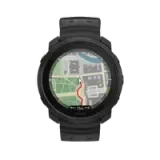 Polar Vantage M3
Polar Vantage M3
 Polar Grit X2 Pro Titan
Polar Grit X2 Pro Titan
 Polar Grit X2 Pro
Polar Grit X2 Pro
 Polar Grit X2
New
Polar Grit X2
New
 Polar Vantage V3
Polar Vantage V3
 Polar Ignite 3
Polar Ignite 3
 Polar Ignite 3 Braided Yarn
Polar Ignite 3 Braided Yarn
 Polar Pacer Pro
Polar Pacer Pro
 Polar Pacer
Polar Pacer
 Polar Unite
Grit X Series
Vantage Series
Pacer Series
Ignite Series
Polar Unite
Grit X Series
Vantage Series
Pacer Series
Ignite Series
